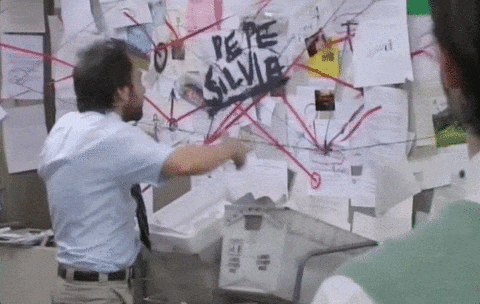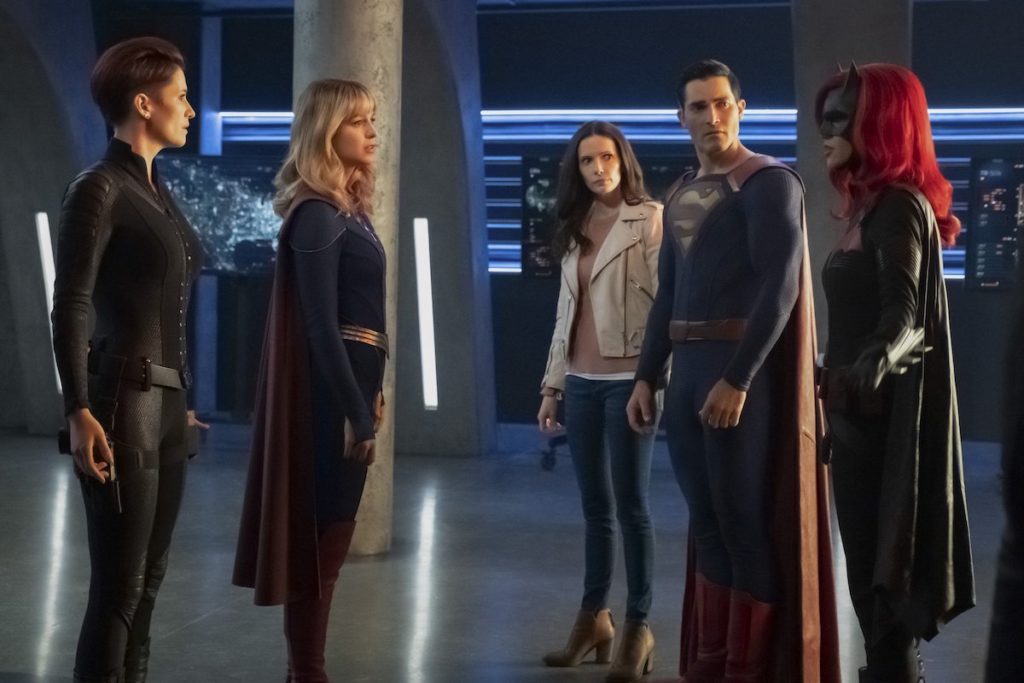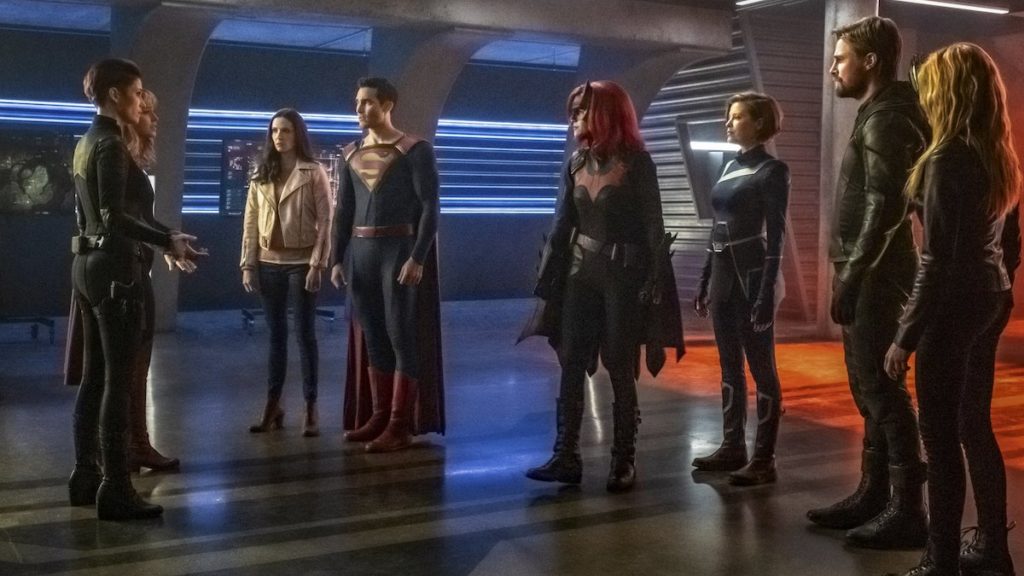There has always been a fascination with alternative histories. We, as humans, have a natural inclination to wonder, and it isn’t hard to understand why we wonder about “What If?” What if the Nazis won? What if the Space Race didn’t end?
Television, movies, and novels alike all discuss the possibility of the “What If?” It’s a popular trope in comics especially, because it gives us an opportunity to tell a story in a new way. In modern alt-histories, we have been addressing the stories sorely lacking in early stories.
Alt Representation
While similar to them, alt-histories are different from period pieces, as well as from utopian/dystopian stories. Early period dramas were notable for entirely omitting queer characters entirely, or using them as examples of undesired behaviour. That is, if a character was queer, they were likely evil. In older utopian stories, queers simply did not exist. In the dystopian, they were again omitted or punished because inevitably we needed more humans, and more babies, which ‘required’ heterosexuality.
But alt-histories have always been a bastion for experimentation and contemplation. Much like sci-fi and superhero stories, when you break down the walls of what we know as fact, we become more open and more free to talk about those other stories. Our stories. Queer stories.
And it is in such experimental fiction that we find our own stories told for the masses. It’s no secret that the X-Men are allegories for minority rights. It’s no surprise that so many queers become attached to superheroes for just that reason, but also because we can understand having secret double lives.
Alt Else
In comics, readers are accustomed to fudging the timeline. “Twenty years ago, young Bruce Wayne’s parents were killed coming home from the theatre.” When I was a child, Joe Chill shot Bruce’s parents coming home from a movie. But before that, it was from the opera. When we watch TV shows like Xena: Warrior Princess, characters always said that Xena’s evil deeds happened ‘ten years ago…’ regardless of how much time had passed in the show.
Next month, the DC TV universe begins telling a well loved story from the 1980s, Crisis on Infinite Earths. In 2017 year’s Crisis on Earth-X story, they embraced the “What If?” nature of comics. We saw an alternate world where the Nazis won, and when in a prison camp Sara Lance stands up as bisexual, regardless of the cost. The following year, we had Elseworlds where more characters were introduced to the Multiverse, including Batwoman.
While the DC TV Universe and the CW are well known for putting queer characters in every single original show on air (yes, every one), more shows that take on alternative histories are grabbing the opportunity. One might even say that the popularity of the Watchmen TV series is less so from the movie and more from our desire to see what would happen if we had heroes and supers and one of them tricked us into ‘peace’?
For All Mankind, by Apple+, includes the story of a lesbian astronaut. Ellen Waverly struggles with lying about who she is and passing as straight to achieve her dreams. While it would be easy to dismiss this as yet another patriarchal and homophobic story, they laid the foundation of the universe enough that we understand and empathize with Ellen and her choices, even when we don’t agree with them.
Alt Crisis
Crisis on Infinite Earths is the upcoming sixth annual Arrowverse crossover event, starting Sunday December 8th with Supergirl (and followed by Batwoman on a special night, Monday the 9th). If you’re a comics aficionado, you’re versed in the basic concept. If not, let me explain.
The multiverse is based on the real world quantum physics theory that there are multiple universes. In the Arrowverse, this is a reality. Barry (The Flash) and Oliver (Arrow) are from Earth-1 (they discovered the multiverse so they get to be number 1). Supergirl is on Earth-38. People from Earth-2 come over to Earth-1 with disturbing regularity. There are many other Earths, all with quirks (Earth-15 was destroyed in 1986, Earth-19 has no coffee, Earth-30 is 100% vegan, and so on).
Confusing the matter somewhat, Batman is a myth on Earth-1 outside of Gotham, but absolutely exists, as does Batwoman. However, Supergirl tells Batwoman that her cousin, Superman, worked with Batman on her Earth, and he’s rather grumpy. We also have the seemingly ‘stand alone’ universe where Black Lightning takes place.

Still with me?
The basic plot (from the comics) of Crisis on Infinite Earths is that the Monitor must collect the ‘right’ heroes in order to prevent the multiverse from collapsing at the hands of his nemesis, the Anti-Monitor. At the end of the comics, however, the multiverse was destroyed and there was only one Earth. All the various iterations of Superman were combined, Batman’s second Robin was rebooted as Jason Todd, former thief (instead of former acrobat with a story near-identical to Dick Grayson), and a popular hero was killed.
Alt Confusing
Now, these are comics. Barry eventually came back. So did Earth-Two’s Superman (Kal-L vs Kal El). And in fact the whole multiverse did. They had a second Crisis event (Infinite Crisis) where that was the point, and it seemingly killed one character, albeit briefly, before settling on killing a more popular one.
Bizarre back and forth stories like the are common in comics, and in fact make some of the most popular and thought provoking stories. They allow us to safely question who and what we are, and what we mean to be. And most of all, they let us talk about the stories denied us for years.
Superheros are, in and of themselves, alternative reality stories, after all.
Alt Predicitions
I have my own theory about the Crisis, of course. These aren’t spoilers per say, but since it’s based on the comics, if you don’t want to be possibly spoiled you should stop reading here and just tune in to the Arrowverse’s Crisis on Infinite Earths, starting December 8th on Supergirl.
Okay! In the comic Crisis, Barry Allen sacrifices himself to save everyone else (more or less), leaving Wally as the Flash. Meanwhile, Kal-L (Earth-Two Superman), his wife Lois Lane, Earth-Prime Superboy, and Alexander Luthor of Earth-Three all retreat to a pocket dimension to live in paradise.
We know from The Flash‘s pilot episode that Barry vanishes following the Crisis. We also know from last season’s finale of Arrow that Felicity is brought into some sort of pocket dimension by the Monitor. However the actor who plays Wally West isn’t coming back to the Arrowverse any time soon, so having a direct copy of the comics is incredibly unlikely.
I think that Oliver and Felicity will be taking the place of Kal-L and Lois, sacrificing themselves (and ending Arrow which was planned anyway) in doing so. Barry absolutely will ‘die’ but instead of waiting 20 years to come back like they did in the comics, we’ll get an alt-Barry.
I also think that the Multiverse will finally combine, and all the CW Arrowverse shows will be on one Earth. This includes the Black Lightning Earth. It also means that Kate Kane and Alex Danvers will be on the same Earth, finally.

Of course, one of the best twists in the comic Crisis was that no one remembered the other Earths. If they did that, it would be difficult to explain Mia (Oliver and Felicity’s daughter), but if they properly time-displace her, she could take the place as Green Arrow.
Whew.
The only thing I don’t have a theory for is who ‘fills in’ as the Flash, since they’ve already had Iris and Nora. Hop on in the comments and give me your best theories for Crisis on Infinite Earths.
